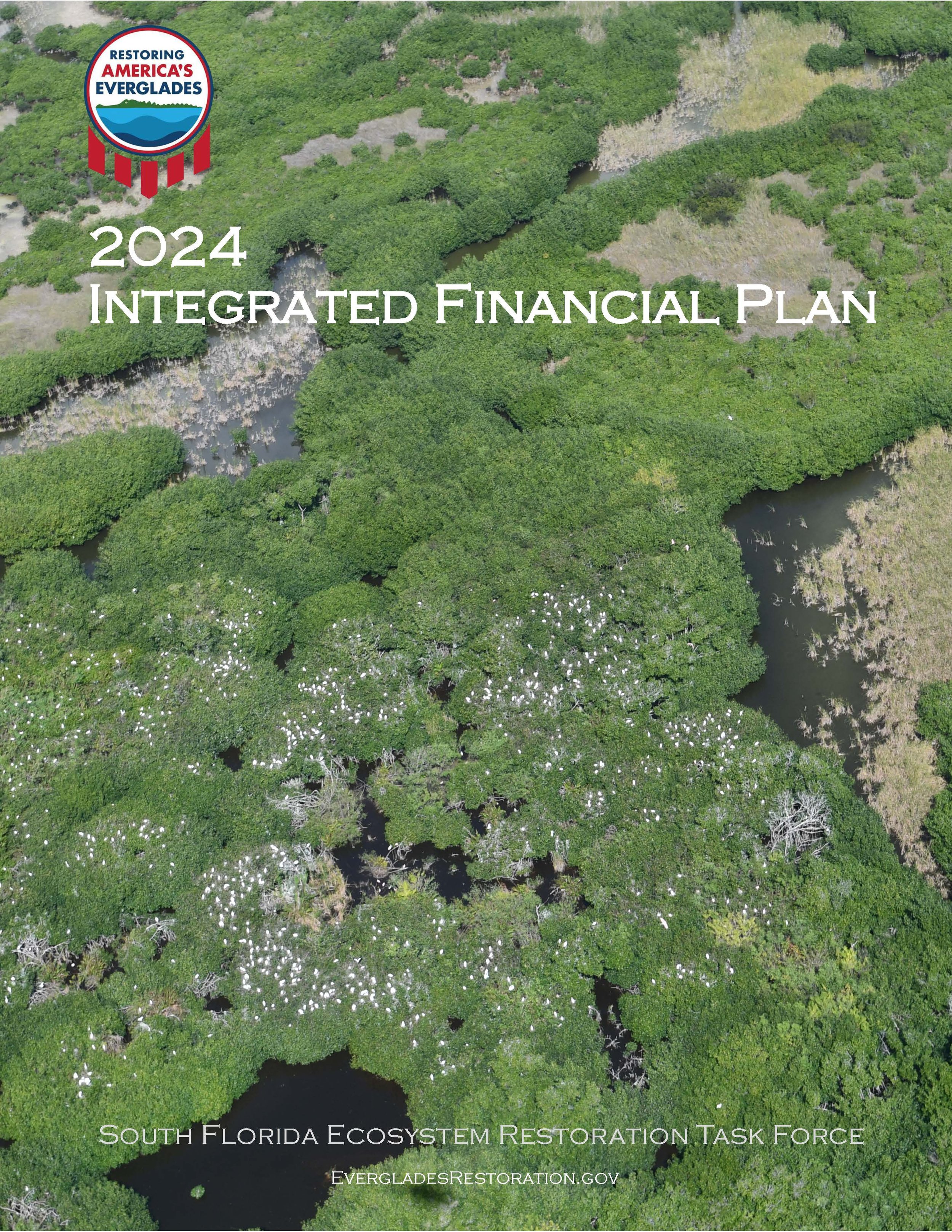Task Force Reports
The South Florida Ecosystem Restoration Task Force (Task Force) issues an array of reports and documents regarding the Everglades restoration effort, many Congressionally required.
Biennial Report
The Biennial Report is the overarching reporting document of the Task Force. Congressionally required (Water Resources Development Act of 1996), it synthesizes the efforts by Task Force members and reports biennially on progress made toward restoration.
Cross-Cut Budget
The Cross-Cut Budget provides coordinated budget requests for the Everglades ecosystem restoration efforts in south Florida with information provided by both federal and state agencies represented on the South Florida Ecosystem Restoration Task Force.
Integrated Financial Plan (IFP)
The IFP provides detailed project sheets for over 250 federal, state, Tribal, and local government restoration projects that contribute to the accomplishment of the Task Force's three strategic goals. Project sheets are updated annually and include a synopsis, measurable outputs, and detailed budget information including estimated project costs, how much has been expended to date, start dates, end dates, and which agencies are involved in the project.
Invasive Exotic Species Strategic Action Framework
The Task Force, recognizing the serious threats to the Everglades posed by invasive exotic plants and animals, has established an Invasive Exotic Species Strategic Action Framework (Framework). The Framework was developed by an extensive and diverse set of partners including members of the Task Force, Working Group, Science Coordination Group, and the Everglades Cooperative Invasive Species Management Area (ECISMA). The Framework delineates shared goals, objectives, and strategies for successfully combating invasive exotic species. Associated documents include a series of case studies, an interagency snapshot budget, a progress report, and current priorities.
System-wide Ecological Indicators
The South Florida Ecosystem Restoration Task Force has established a suite of 11 system-wide ecological indicators to assess current ecosystem health and provide a means to track system-wide ecosystem response to restoration. The system-wide ecological indicators were chosen for their collective ability to comprehensively reflect ecosystem response to restoration in terms of space and time. This report contains detailed assessments and a “Stoplight Report” for each indicator in addition to a description of the hydrologic conditions during the reporting period.





